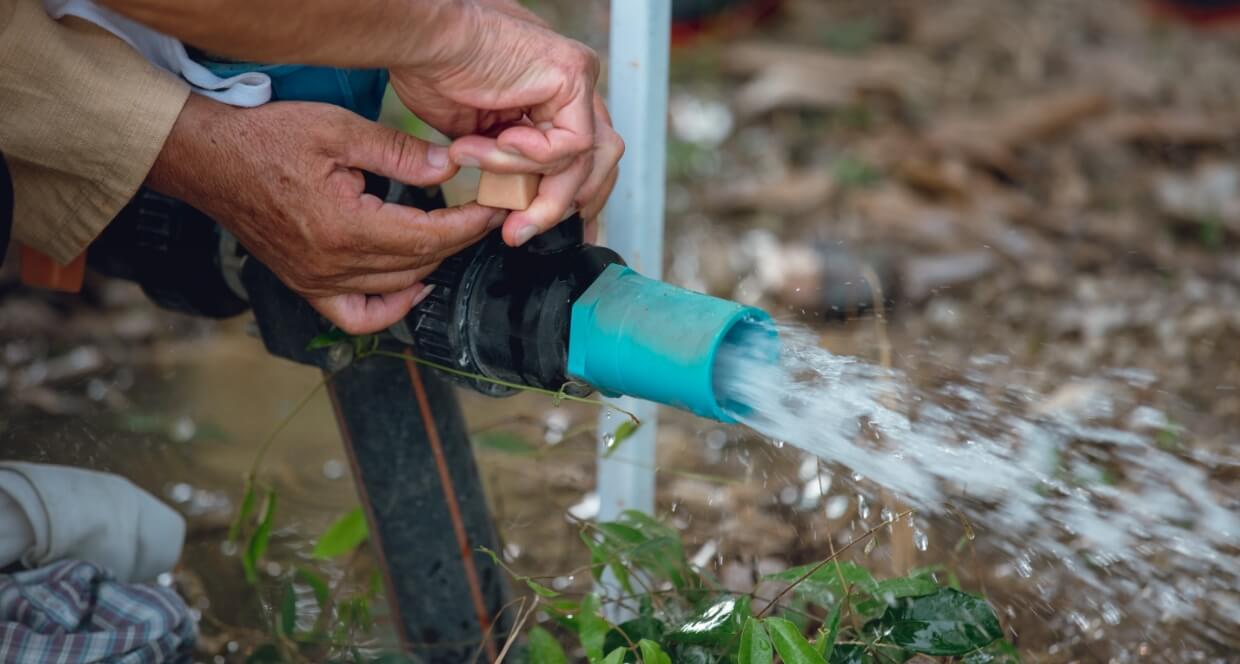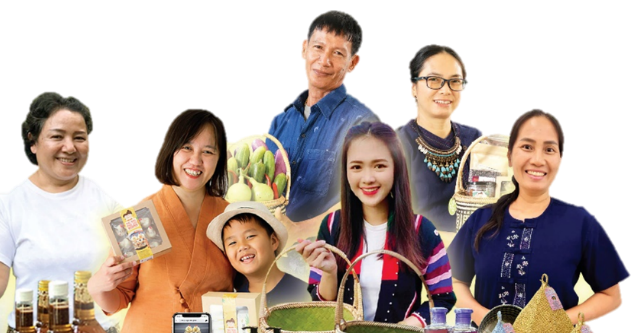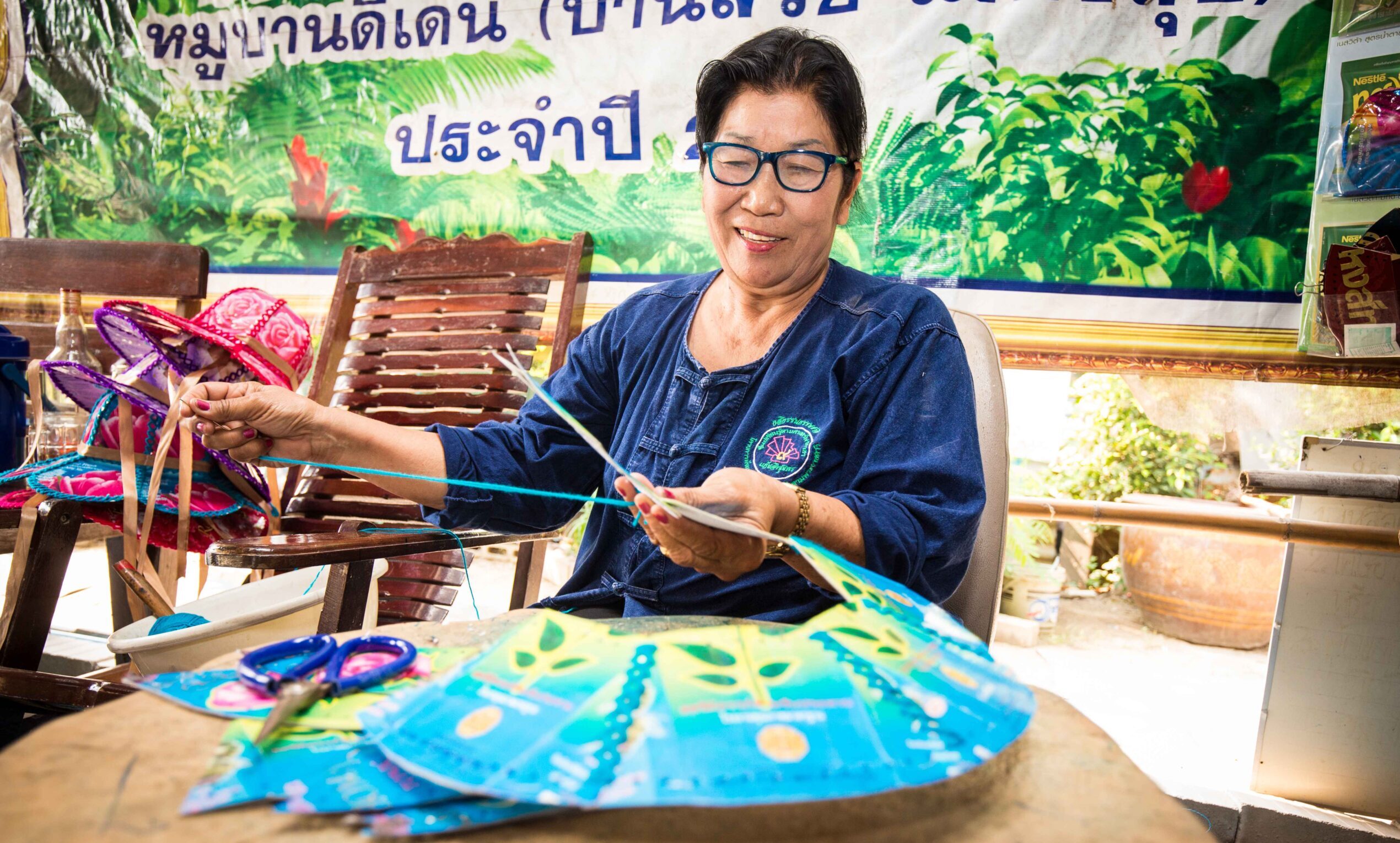“Bueng Bang Sue” Project
HIGHLIGHT
- An area that was once the source of a key raw material for cement production for national development has been converted into a community with over 1,500 residents, or 200 households.
- New housing has sprouted on the 61-rai area, including 60 townhouses, four units of communal houses, and three four-story condominiums with 133 units combined.
- This project was carried out in collaboration with the Phalang Pracharat Synergy – Bueng Bang Sue Development Project for Community Revitalization and Sustainable Society.
The Pracharat-Bang Sue Pond Development project is dedicated to “restoring community and building a sustainable society” by transforming the deteriorating informal settlements with no legal link to basic infrastructure into a model city community. With the synergistic cooperation of the community, SCG, and the government sector, some 200 households in the Bang Sue pond areas are now enjoying “a new house and a new life” with a better quality of life that they were fully engaged in the design process. They pledge to keep the community in good condition, enabling it to grow stronger in a sustainable way. History of “Bueng Bang Sue” (or Westerners’ Pond):
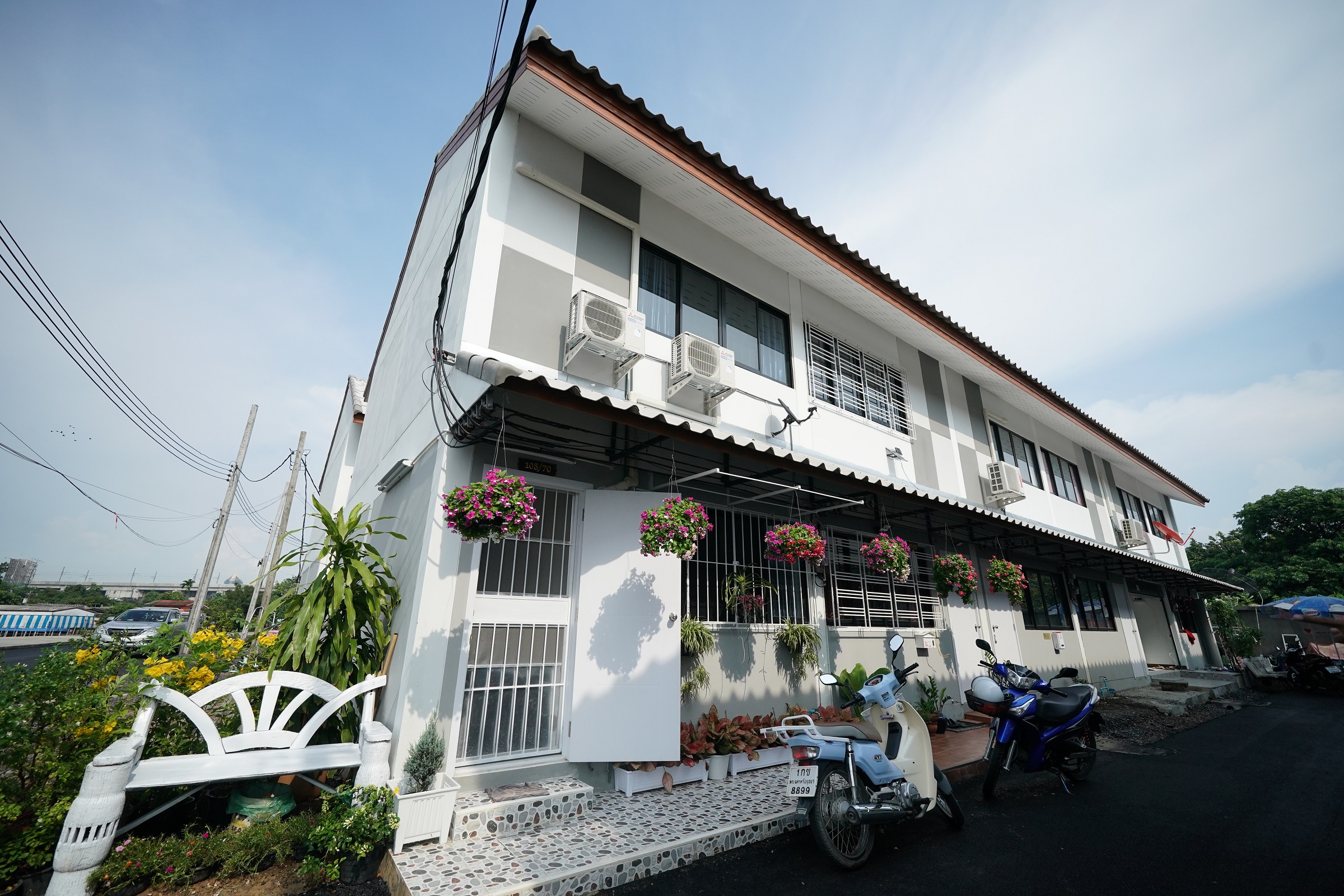
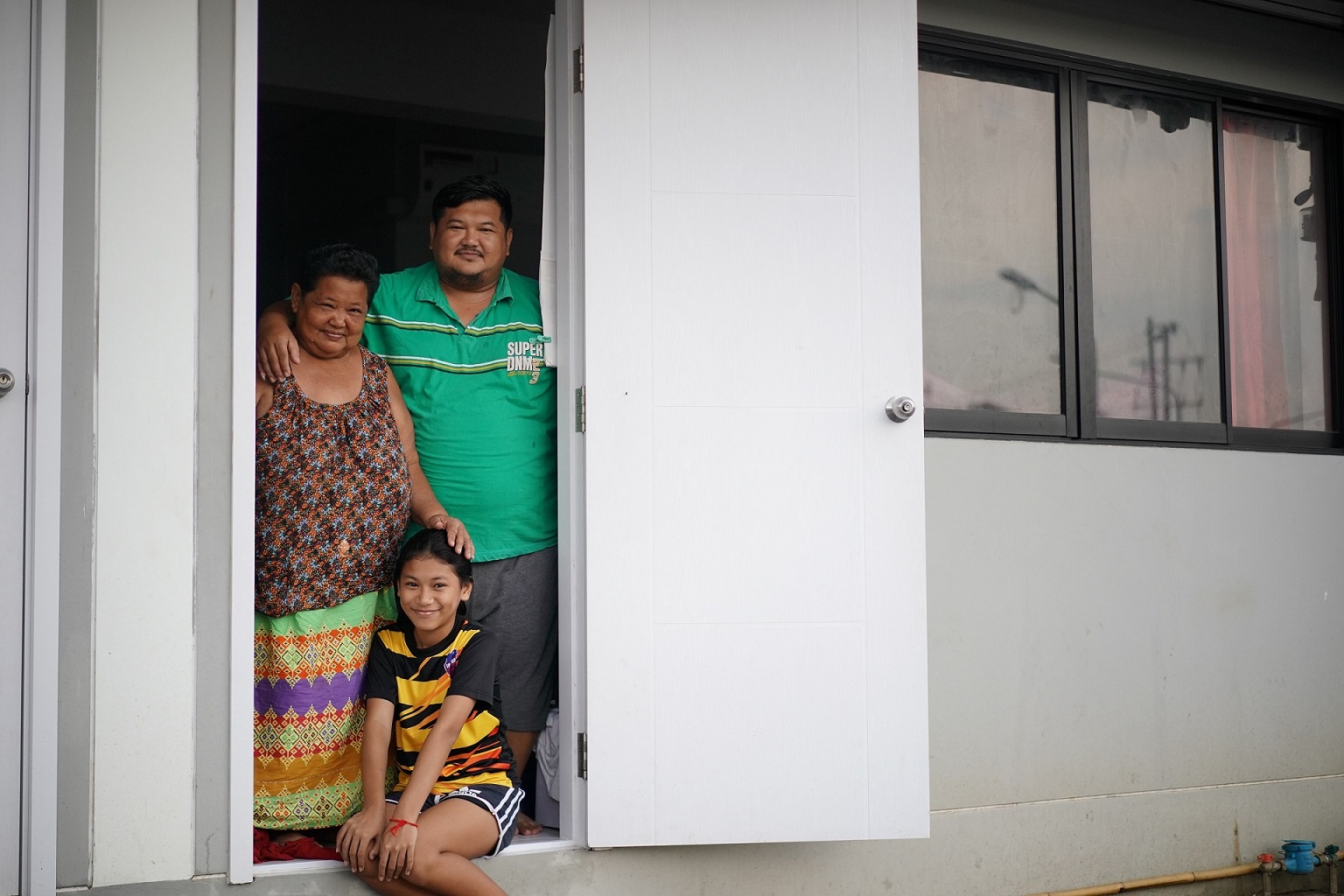
History of Cement Production in Thailand
Foreseeing the importance of national development by depending on one’s own resources to ensure sustainability, His Majesty King Vajiravudh decreed the establishment of the first cement company in Thailand under the name Siam Cement Co.,Ltd. The company’s first Bang Sue Plant began operations in 1915.
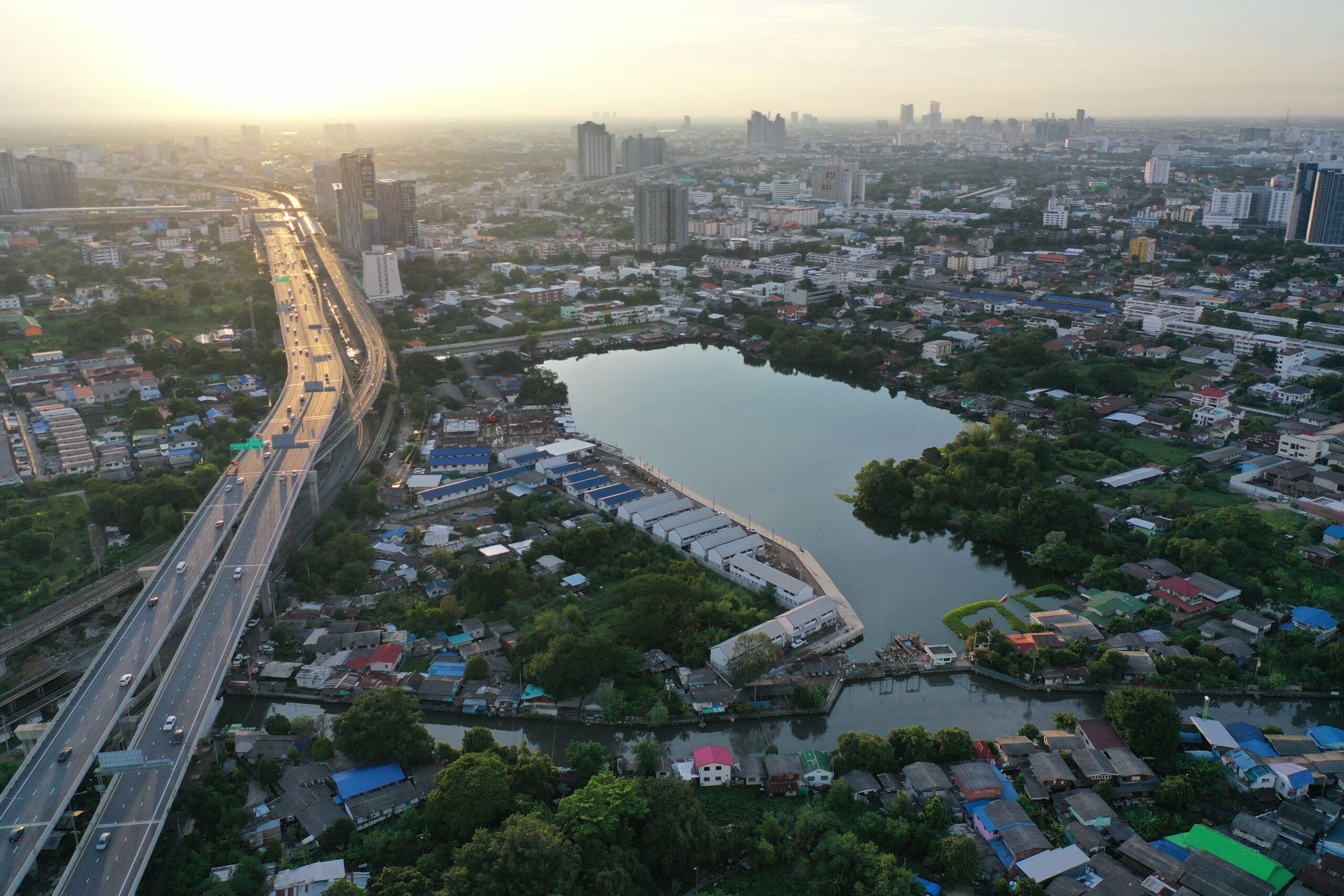
“Bueng Bang Sue” areas were once a source of major raw materials for the manufacture of cement for the country’s development.
- Siam Cement Co.,Ltd’s Bang Sue Plant played a vital role in the country’s development as Thailand’s only cement manufacturer back then. The plant allowed Thailand to produce its own cement instead of importing it from Europe. The cement output from the Bang Sue Plant was used for the construction of numerous infrastructure and buildings such as Hua Lamphong Railway Station, Rama VI Bridge, the Dusit Thani Hotel as well as buildings, housing, commercial districts among many others which have contributed to the nation’s advancement to this day.
- Bueng Bang Sue was a source of “ball clay”, a major raw material in the manufacture of cement at the Bang Sue Plant. The areas have thus attached significance to the country’s development path. Siam Cement Co.,Ltd began securing ball clay from Bueng Bang Sue as raw materials in 1915.
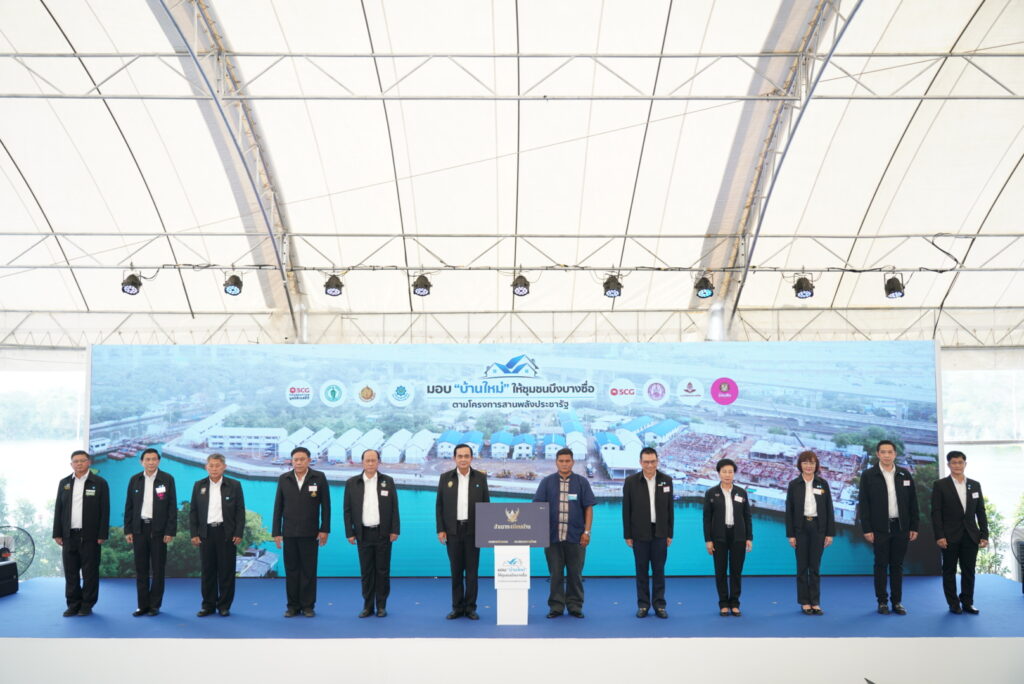
Bueng Bang Sue Community
- Apart from obtaining raw materials from Bueng Bang Sue, Siam Cement built shelters in these areas for workers and their families as well as workers guarding the machinery to reside in giving rise to “Bueng Bang Sue Community (or Westerners’ Pond) ever since.
- After the company discontinued the use of Bueng Bang Sue in 1968, the early community comprising families of workers having worked for SCG have stayed on from one generation to another. They were later joined by migrants from Bangkok and other provinces, resulting in the rapid expansion of the community and over crowdedness. Since the community had turned into a squat, it had no legal link to basic infrastructure such as water, electricity, community waste management, etc. This led to multiple social issues including quality of life, economy, education, unemployment, and disintegrating environment.
- A new home for a better quality of life 60 townhouses, four common residential homes, three 4-story condominiums with a total of 133 units were built in Bueng Bang Sue areas, spanning over 61 rais. To date 1,500 residents have lived in warmly and safely there.
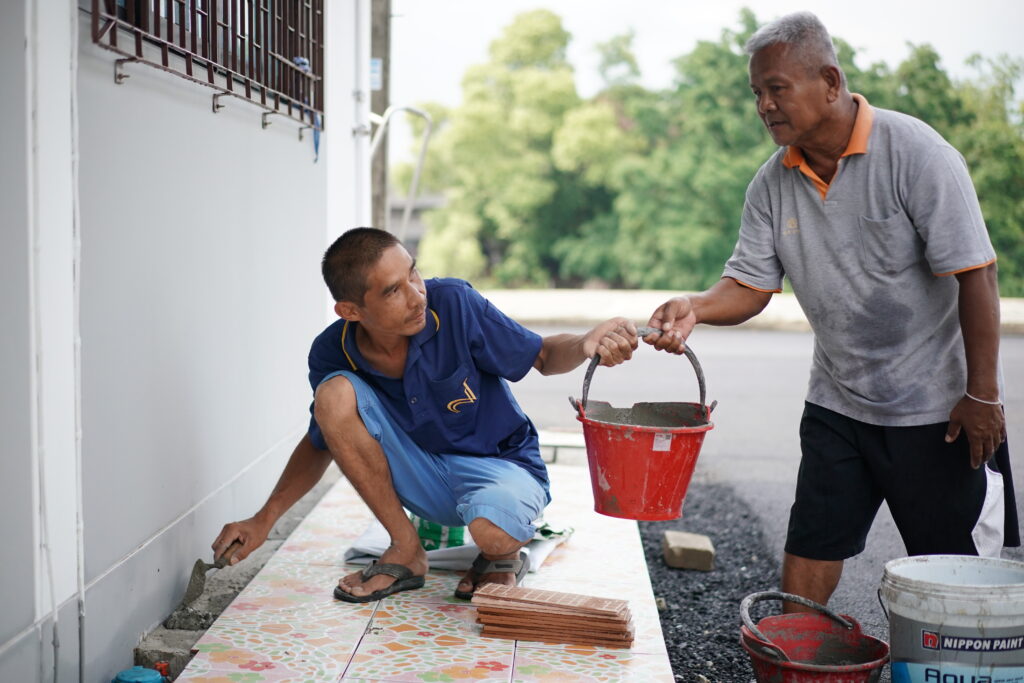
The Pracharat-Bang Sue Pond Development project that integrated the collaborative efforts of both government agencies and the private sector has contributed to a full-scale development of the community.
- The government gave approval to the project and set up a working committee on the Pracharat-Bang Sue Pond Development Project comprising representatives from the involved agencies to support and coordinate the efforts in the same direction.
- The State Railway of Thailand (SRT) permitted the use of its land as entrance to the community.
- The Government Lottery Office donated 200 million baht for the construction of facilities, fulfilling the needs of the community for housing and a decent life. This has helped elevate the community’s quality of life and dignity.
- The project fully engaged the community in the process of developing the housing project and transforming the pond area into a recreational area for public use.
- The project was carried out by a network of organizations with applicable knowledge and expertise including the Community Organizations Development Institute, the National Urban Poor Community Federation, School of Architecture, Sripatum University, Chatuchak District Office, and SCG.
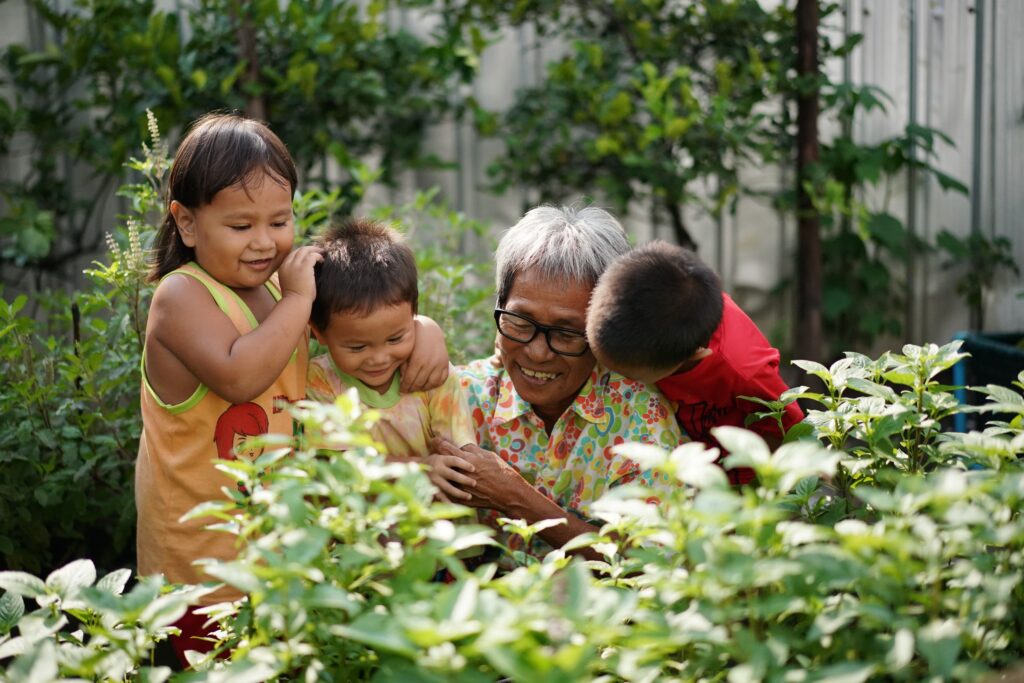
Developing housing and quality of life for the community
- The project has ensued good quality housing and transformation of people’s attitude and way of thinking, instilling a sense of caring, collaboration, and volunteerism. This will hopefully bring about a community that boasts “homes and a way of life” as a result of their participatory involvement in the development project.
- The community was fully engaged in the process, starting from the confirmation of rights to participate in the project to ensure equality and fairness, saving money for installments, jointly designing the housing that matches their lifestyles, setting co-living rules, and taking care of the environment and cleanliness of the community.
- To increase their household income, the project supports and encourages the community to grow organic vegetables, make waste compost, and plans to further develop the land for public benefits.
